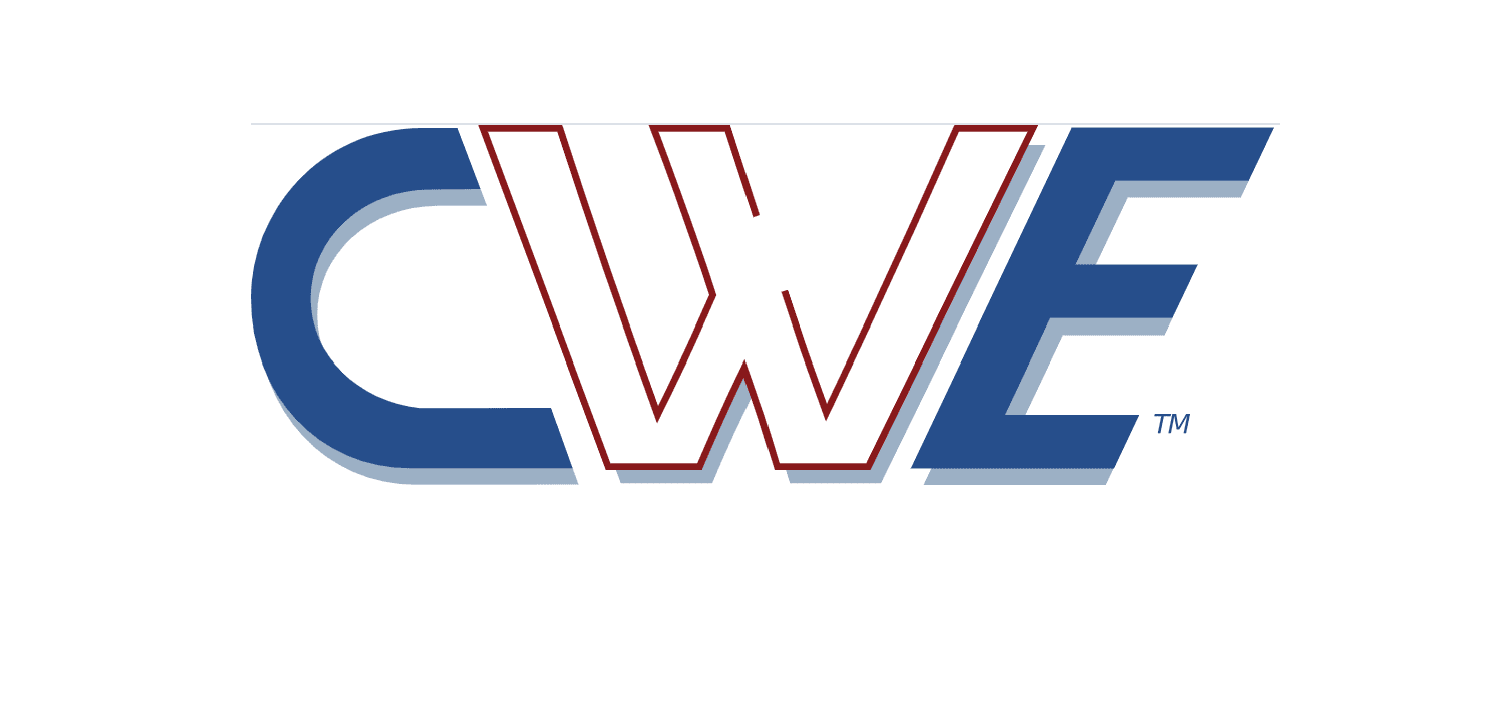
The Common Weakness Enumeration (CWE) Top 25 list for 2024 has been released, and it provides a critical roadmap for addressing the most pervasive and hazardous vulnerabilities that plague modern software systems. Based on an analysis of 31,770 Common Vulnerabilities and Exposures (CVE) records, this list highlights the most critical software weaknesses that attackers could exploit.
Key takeaways from the 2024 CWE Top 25:
- Injection flaws remain a top concern: The most dangerous weakness is Cross-site Scripting (CWE-79), followed by SQL Injection (CWE-89) and OS Command Injection (CWE-78). These vulnerabilities allow attackers to inject malicious code into a system, potentially leading to data breaches, system compromise, and denial-of-service attacks.
- Memory safety is crucial: Out-of-bounds Write (CWE-787) and Out-of-bounds Read (CWE-125) are ranked second and sixth, respectively. These weaknesses can be exploited to overwrite critical data or gain unauthorized access to sensitive information.
- Authorization and authentication are essential: Missing Authorization (CWE-862) and Improper Authentication (CWE-287) are also high on the list. These weaknesses can allow attackers to bypass security measures and gain access to sensitive data or functionality.
What can organizations do to mitigate these risks?
- Prioritize secure coding practices: Developers need to be trained on secure coding techniques and follow best practices to prevent introducing these weaknesses into software.
- Implement robust security testing: Thorough testing, including penetration testing and code reviews, can help identify and address vulnerabilities before they are exploited.
- Stay informed about emerging threats: Keep up-to-date on the latest security threats and vulnerabilities to proactively address potential risks.
The 2024 CWE Top 25 is a valuable resource for developers, security professionals, and organizations. By understanding these weaknesses and taking proactive steps to mitigate them, we can improve the security of our software and protect our systems from attack.